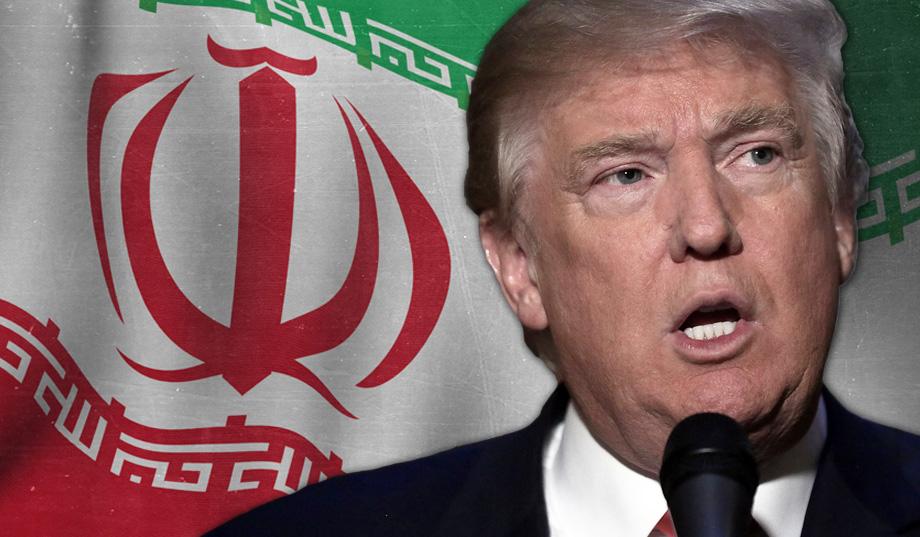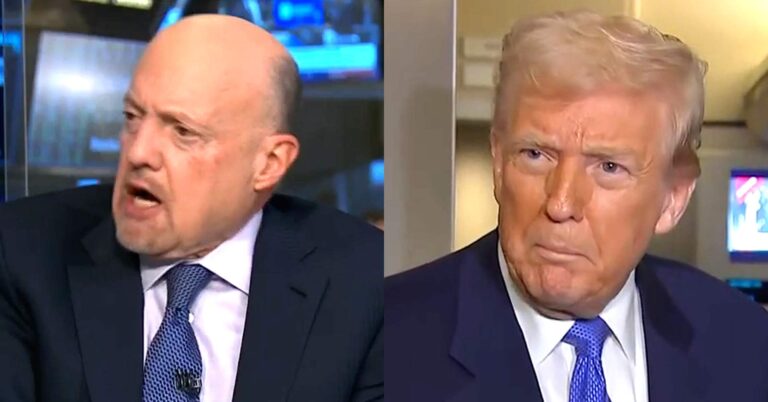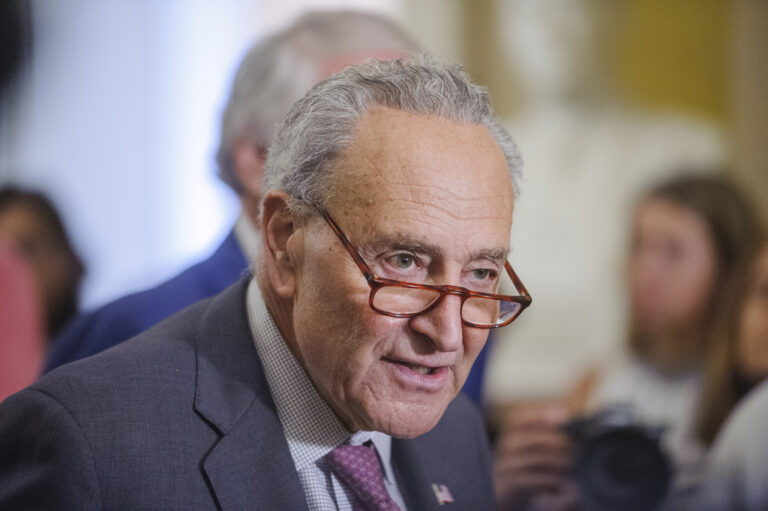Anticipating an unpredictable president’s next moves, U.S. officials have started actively planning for the likelihood that Donald Trump will announce next month that the U.S. is withdrawing from the Iran nuclear deal.
But no one knows exactly what would happen next or how Iran would respond.
Still, with less than five weeks until President Donald Trump’s deadline, national security officials are exploring various “day after” scenarios. Those include how to sell a pullout as the correct strategy, how aggressively to reimpose U.S. sanctions on Iran that had been lifted under the agreement and how to deal with Iranian and European fallout from such a step, according to officials, diplomats and outside advisers to the administration.
The planning is at an early stage but has taken on greater urgency as the clock ticks toward mid-May, when Trump has said he’ll walk away unless his concerns are addressed. Another catalyst is the anticipated arrival of two new Trump aides strongly opposed to the deal: Mike Pompeo and John Bolton.
Pompeo, the CIA director nominated for secretary of state, was briefed last week on the Iran deal by top State Department aides, including Brian Hook, the policy planning chief, and Andrew Peek, the deputy assistant secretary for Iran, U.S. officials said.
Both Pompeo and Bolton, who takes over next week as Trump’s national security adviser, have been highly critical of the landmark 2015 nuclear deal, and their appointments seemed to signal that one of former President Barack Obama’s signature foreign policy achievements may soon be history.
Another complicating factor is Trump’s stated desire to withdraw U.S. personnel and resources from Syria, which many Iran hawks believe will cede the country to Tehran. Leaving Syria to keep his campaign promise of disentangling the U.S. military from the Middle East may force Trump’s hand on the nuclear deal, according to hawks who have expressed dismay at the president’s desire to pull back.
“I want to get out. I want to bring our troops back,” Trump said Tuesday. “Sometimes it’s time to come back home.”
Iran has said U.S. withdrawal from the nuclear deal and reimposed sanctions would destroy the agreement and has threatened a range of responses, including immediately restarting nuclear activities currently barred under the deal.
U.S. sanctions that were lifted in exchange for Iran curbing its nuclear program fall into several baskets, including some that can be restored by executive order and some that would require congressional action. Some sanctions target Iranian entities only while others punish third-country companies for doing business with Iran.
One option being considered by the Treasury Department, which enforces sanctions, would be to immediately snap back sanctions that don’t need action from Congress but delay their enforcement by four to six months, according to people familiar with the matter. That would give companies and governments time to prepare to comply with the changes. It would also keep the door open for last-minute changes that could potentially address Trump’s concerns.
Another option would be to reimpose U.S. sanctions but carve out certain exemptions that could allow Europe and Iran to remain in the agreement without U.S. participation. Then it would be up to Tehran to decide whether the benefits of a deal that no longer includes the U.S. would be valuable enough to keep it alive.
The planning effort has also been spurred by growing signs that U.S.-European negotiations to address what Trump says are flaws in the agreement are deadlocked and unlikely to produce an outcome acceptable to the president before May 12. Complicating those talks is uncertainty over what might actually persuade Trump to stay in the deal, which he has called the worst ever negotiated by the United States. Diplomats involved in those discussions are increasingly pessimistic that a viable compromise is possible.
“We’ve gone from a strategy of decertify, fix the deal and pressure Iran in the region to what increasingly appears to be one of decertify, nix the deal and withdraw from the region,” said Iran deal critic Mark Dubowitz, the chief executive of the Foundation for the Defense of Democracies, who has pushed for tightening the accord.
As the Europeans work to salvage the deal, France, Britain and Germany have been trying to persuade their fellow EU members to agree to new non-nuclear sanctions on Iran, including some related to Tehran’s actions in Syria, said one European diplomat.
The goal is to tee up a “package” of actions to present to Trump as evidence that the Europeans are taking his concerns about Iran seriously and demonstrating willingness to act. Several nations have objected, arguing it’s illogical to make concessions to Trump when it’s unclear that will be enough to keep him in the deal.
The nightmare scenario for the Europeans is that they would go out on a limb by adopting sanctions they don’t really want in the first place only to see Trump walk away from the nuclear deal anyway, said the diplomat, who wasn’t authorized to discuss the situation and spoke on condition of anonymity.
On two of Trump’s concerns — Iran’s ballistic missile testing and destabilizing behavior in the region — the U.S. and Europe have largely reached consensus that Tehran can and should be punished. But the two sides remain far apart on Trump’s third concern: the “sunset provisions” that gradually allow Iran to resume advanced nuclear work after several years.
Trump is demanding that those restrictions be extended or made permanent, but Iran and the Europeans argue that’s unworkable because it would be tantamount to renegotiating the deal, which they have vowed not to do. Both sides have offered possible compromises on the sunset provisions, but none have yet met muster, according to the diplomats.
(AP)











